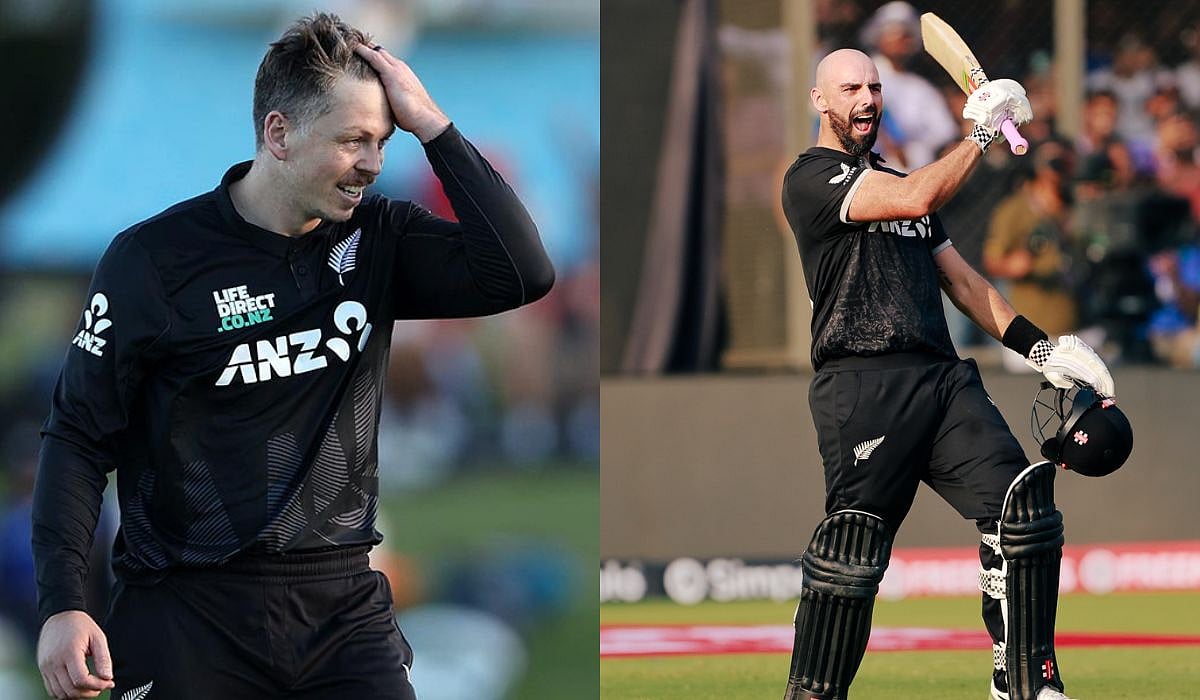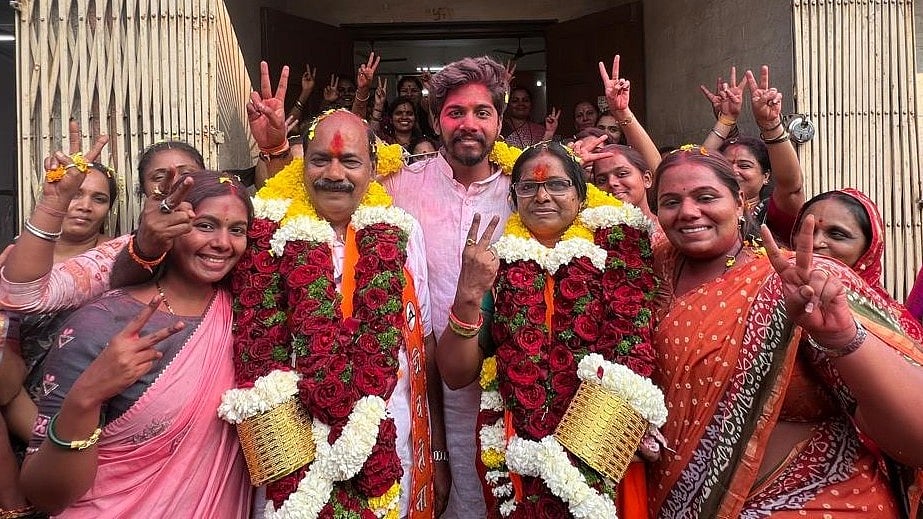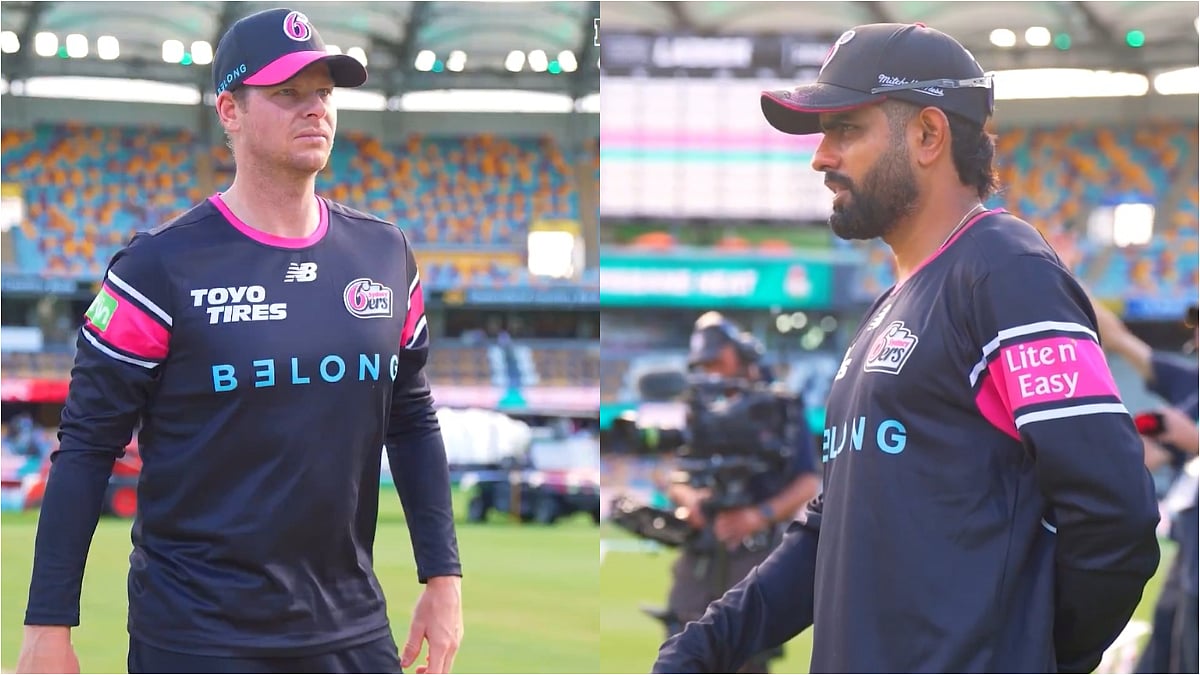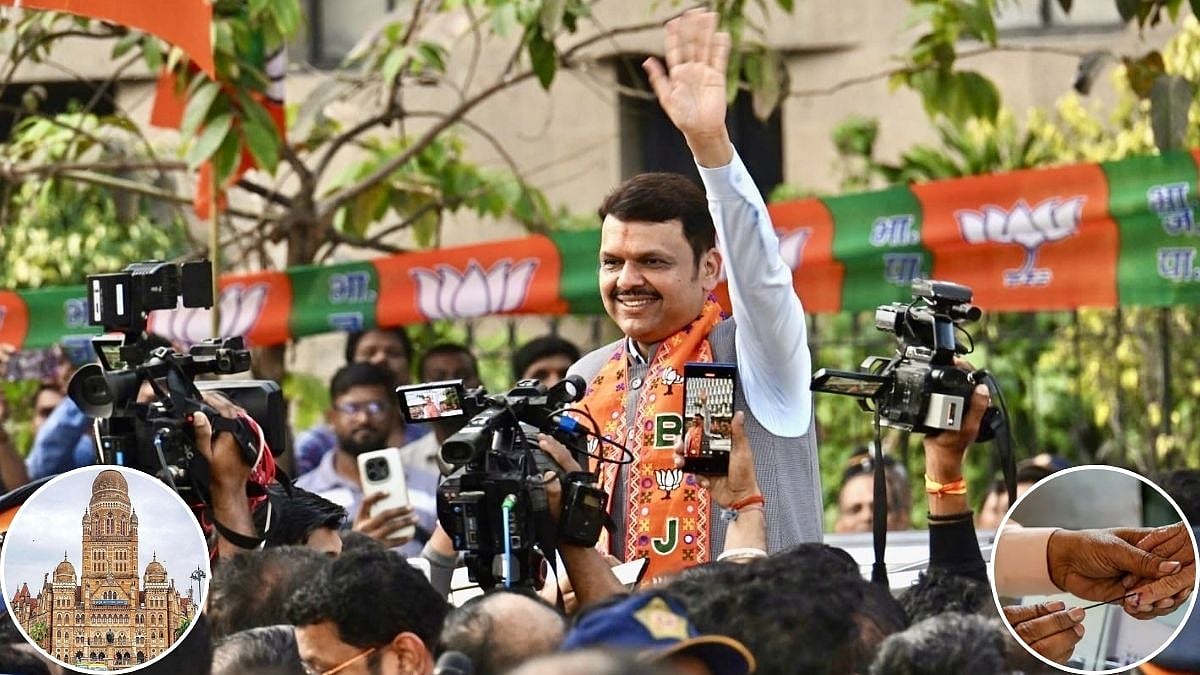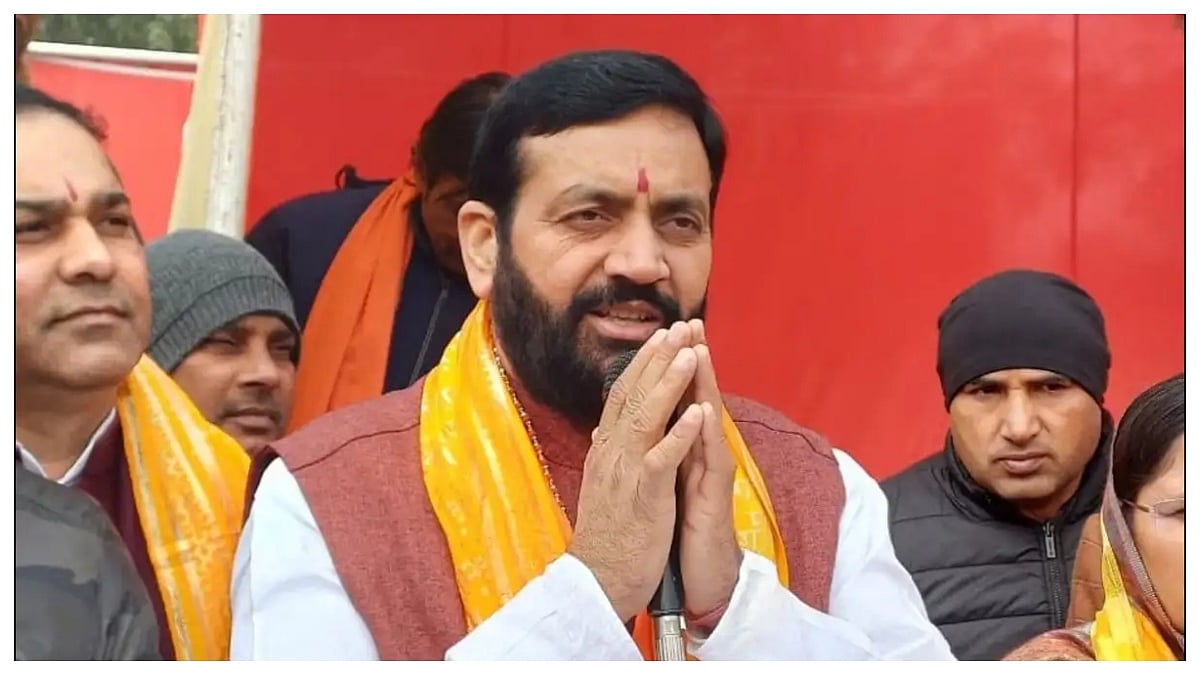It’s that time of the year again in Mumbai — slight hint of winter but the air laden with pollutants so dense that the entire city is wrapped in an unwelcoming and depressing smog. For days now, people have been posting about how buildings near theirs were not visible or how the Bandra-Worli sea link was covered in a haze. The sun has barely been out, the smog refuses to lift and, if climate projections are to be believed, it will likely get worse before it gets any better. This is, so far, the most polluted winter in Mumbai (and Pune) in the last four years.
The annual ritual of smog-filled weeks in November-December has put paid to the old joke that Mumbai is blessed with only two types of weather – hot and humid, damp and rainy. There are now three: hot and humid for most of the year, rainy in some weeks of the monsoon, and smoggy in the barely-registering winter. The winter air may not disperse pollutants as efficiently as in other seasons but the heavy-humid air is burdened by vehicular emissions, construction and road dust, among other pollutants. At the risk of repeating what has appeared in these columns earlier, Mumbai is not prepared to handle and parry any of the three to ensure that millions of its residents are minimally affected. The city by the sea lives, still, at the mercy of natural elements whose impact due to climate change is made worse by human activities and policies.
Just as the floods and heat waves impact people’s lives — literally, sending many to their death — the smog too leaves a deep impact on people’s health and productivity. An estimate done on live basis by the Swiss organisation IQAir, along with GreenPeace Southeast Asia, showed that air pollution had claimed an estimated 23,000 lives in Mumbai this year and had, directly or indirectly, cost the city approximately USD 3.4 billion. There are other estimates too and the range of losses, both of lives and in the economy, vary. But all of them point to an emergency: A silent public health emergency which also impacts the economy. Doctors and hospitals in the city speak of a rise in patients with asthma, bronchitis, chronic obstructive pulmonary disorder, and interstitial lung disease or fibrosis; viral infections have worsened.
As in any large metropolitan city, the high or super-high density of population makes any climate impact harsher than it can be. This is true for Mumbai as much as Delhi, India’s capital which routinely ranks among the most polluted cities anywhere in the world. However, in large cities, not everyone feels the impact equally. The middle and affluent classes can devise methods to brace for or escape a harsh natural element either by flying out to better locales or purchasing private fixes such as air purifiers and so on; the city’s low-income earners, migrant workers, millions living in informal settlements and outdoor workers are the worst affected with virtually no protection or barrier to breathing foul air — and dreading its impact on their health.
The adverse health impact is the worst among them, a fact that the state Government and the Brihanmumbai Municipal Corporation (BMC) should take into account as they negotiate ways to combat air pollution. There were references to this aspect in the Mumbai Climate Action Plan (MCAP), unveiled earlier this year during the tenure of the Maharashtra Vikas Aghadi Government with the then environment minister Aaditya Thackeray leading it, but these are cursory. The health emergency is here – and it is real for millions in Mumbai. Also, the MCAP with its limitations and all appears to have been shoved into cold storage, though not officially scrapped, by the Eknath Shinde-Devendra Fadnavis Government.
Push deeper against the smog and the picture should scare anyone responsible for public health. The Particulate Matter or PM10 concentration for Mumbai between November 1 and December 5 was 155 ug/m3 (microgram per cubic metre) against the maximum permissible limit of 100 ug/m3, according to the data from System of Air Quality Forecasting and Research (SAFAR) and Indian Institute of Tropical Meteorology. The PM10 concentration was 127 ug/m3 last year and a surprising high of 145 ug/m3 in 2020 despite the long months of lockdown in which emissions and other pollutants had registered a decline.
The PM2.5 level, which is far more hazardous to human health especially children and anyone with respiratory ailments, recorded an average of 89 ug/m3 in the period under study this year against the permissible limit of 60 ug/m3. It was 59 ug/m3 in 2019. The values of both the parameters in Delhi have been less this year than last year – and this may just hold the key to addressing the high pollution levels and smog. Climate scientists point to the steps taken in Delhi to specifically address high air pollution: ban on or regulation of construction and demolition activities, reduction in stubble burning in neighbouring states, and so on.
What is clear now is that the BMC and the state Government cannot blindly allow business to be as usual in the winter months. The real-time monitoring of air quality, though done diligently, has little meaning unless the factors that contribute to air pollution are correspondingly regulated. For example, in areas such the Govandi-Mankhurd-Chembur or Andheri-Kurla where the Air Quality Index is higher than in other areas, the authorities must implement a strict no-construction rule for a few days if they cannot ensure that construction dust is sprayed with water as rules require them to. Of course, dust or emissions in an area do not stay there, but temporarily regulating or controlling some activities that contribute to the pollution can help bring down the PM10 and PM2.5 concentration levels overall.
Beyond this, the authorities must address the two other sources: Vehicular emissions, and industrial fumes and biomass burning. It is, by now, repeatedly recommended that vehicles with (Bharat Stage) BS-IV stage certification and below need to be scrapped, even if there are strong lobbies resisting it; stricter norms enforced for small-scale industrial units across the city; and low-income neighbourhoods and informal settlements supported to switch from kerosene to cleaner fuels.
Both the short-term mitigation and long-term adaptation measures require a scientific understanding of the Climate Change impact, vision to address it in a comprehensive manner, and firm commitments to implement the plans or policies drawn up. The responsibility lies with both the state Government as well as the BMC, perhaps more the former given the control it wields on the latter. At the least, they must acknowledge that air pollution is leading to real-time adverse consequences on people’s lives, recognise the public health emergency that it is, and adopt clear strategies to address it. There is no point, otherwise, in India making lofty pledges on climate action at the global level, such as at the United Nations' Conference of Parties or COP27 which concluded in Sharm el-Shaikh last month, if they are not translated on the ground in cities. The grim future of millions of ailing and coughing Mumbaikars is here – in the smog.
Smruti Koppikar, journalist and urban chronicler, writes extensively on cities, development, gender, and media. She is the founder editor of ‘Question of Cities’

